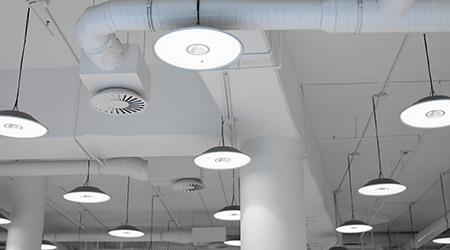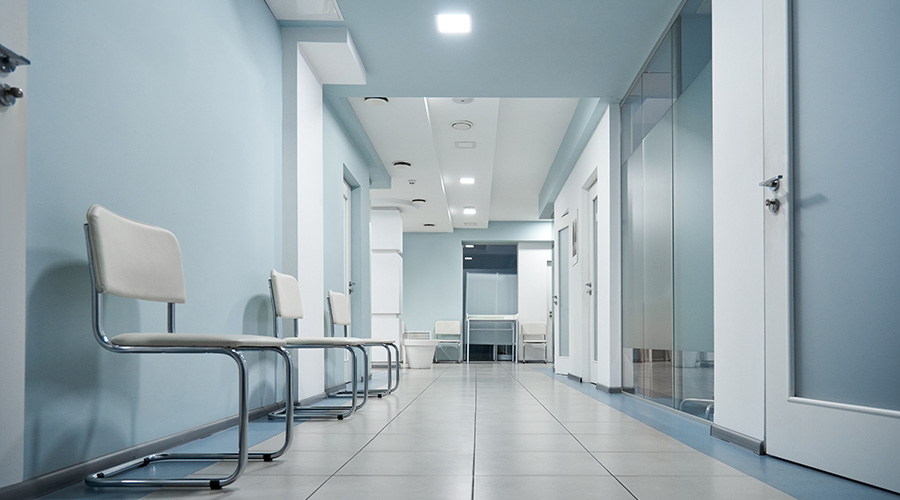Having good room ventilation to dilute and disperse indoor air pollutants has long been recognized, and with the COVID-19 pandemic its importance has become more heightened. But new experiments by indoor air researchers at Lawrence Berkeley National Laboratory show that certain circumstances result in poor mixing of room air, meaning airborne contaminants might not be effectively dispersed and removed by building level ventilation.
Using carbon dioxide as a tracer to track small respiratory aerosols that travel with air currents in a room, the Berkeley Lab team found that when overhead vents or diffusers are supplying heated air, it created thermally stratified conditions that block the flow of clean air down to the breathing zone in the middle height of the room. As a result, even when people are sitting more than 6 feet from each other, some occupants might be exposed to respiratory aerosols from others at five to six times more than if the same room were well mixed.
“When everything's well mixed, everybody's exposed to the same conditions,” said Berkeley Lab indoor air researcher Woody Delp. “When it’s not well mixed, you can have, from a COVID perspective, potential hot spots. So, if there’s one infected individual in the room, instead of having their expelled breath fully dispersed and then then properly diluted and removed by the HVAC system, another person sitting next to them or even across the room could get a high concentration of that infected person’s emitted viral aerosol.”
Delp notes that this situation would occur only in the case of heated air being supplied from the overhead diffusers. When cold or neutral air is being supplied, the researchers did not see the thermal stratification occur; instead, the room was found to be well mixed in those circumstances.
While the basic risk from overhead heating has been known for years, it had not previously been quantified under controlled but realistic conditions of a meeting or classroom. The results are important for understanding how large the risk can be when occupants are intentionally spaced for safety.
“Ventilation is essential to maintaining good air quality,” said Brett Singer, the lead author of the study and head of Berkeley Lab’s Indoor Environment Group. “But if you’re heating overhead without intentionally mixing the air in the room, you will not get the full benefit of ventilation.”
Fortunately, there is a simple solution, the study found: using portable air cleaners that pull air in from below and push it out through the top. “They take care of the mixing and then they also filter the air, so they have a double benefit,” Singer said.

 From Touchless to Total Performance: Healthcare Restroom Design Redefined
From Touchless to Total Performance: Healthcare Restroom Design Redefined New York State Approves $53M Construction Program at Niagara Falls Memorial Medical Center
New York State Approves $53M Construction Program at Niagara Falls Memorial Medical Center How Health Systems Are Rethinking Facilities Amid Margin Pressure
How Health Systems Are Rethinking Facilities Amid Margin Pressure Ground Broken on New Medical Office Building in Scottsdale, AZ
Ground Broken on New Medical Office Building in Scottsdale, AZ University of Texas Gifted $100M for New Medical Center
University of Texas Gifted $100M for New Medical Center